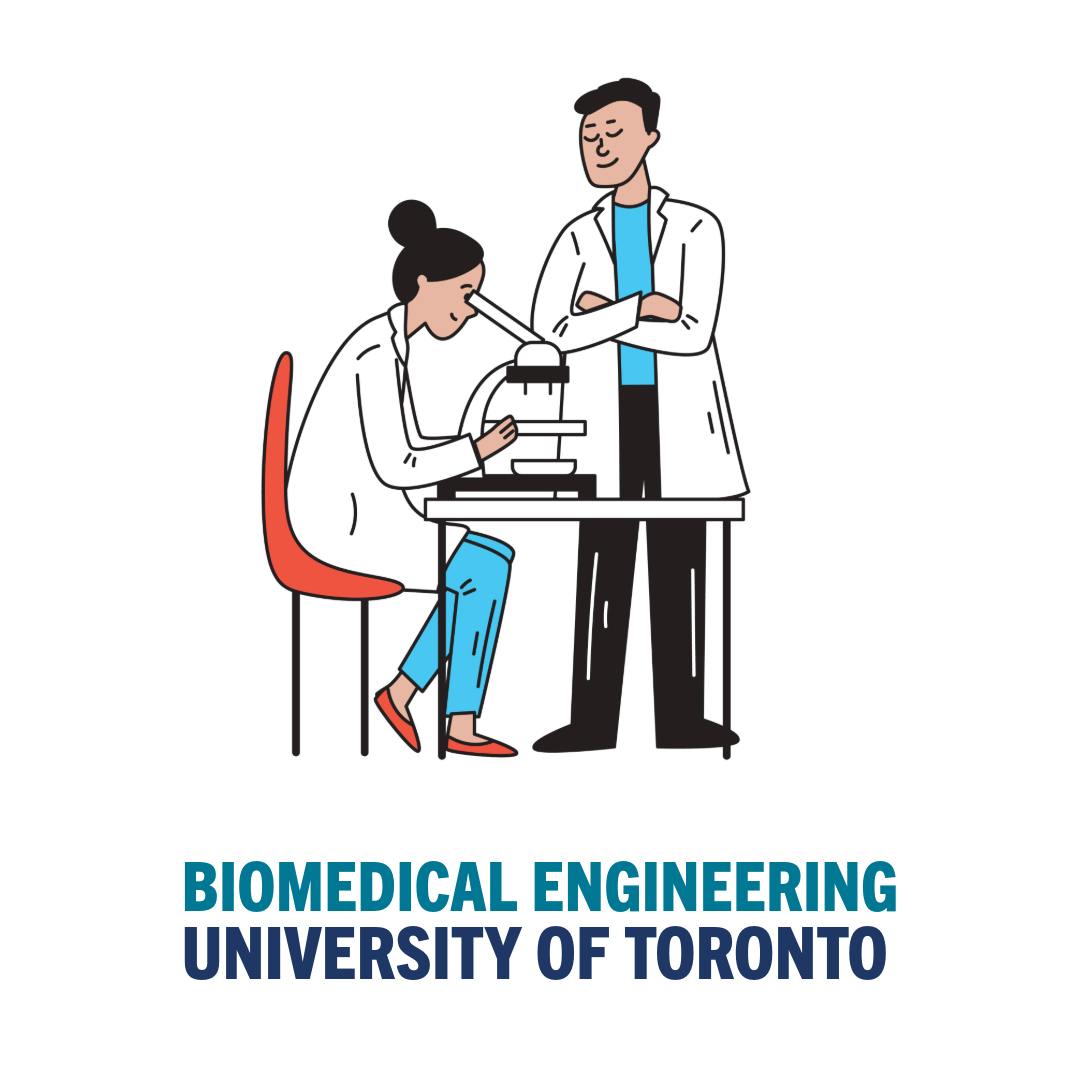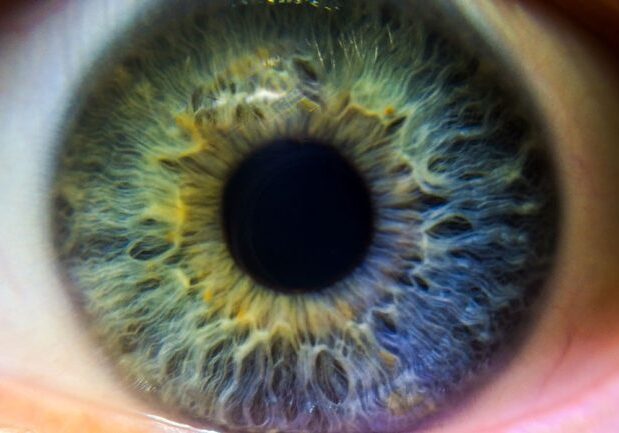
Molly Shoichet
University Professor & Canada Research Chair, Tissue Engineering
PhD
Research Stream: Cell & Tissue Engineering
Email & Telephone: directory.utoronto.ca | Office: Donnelly Centre, 160 College Street, Room 514
Main Appointments
- Department of Chemical Engineering & Applied Chemistry
- Institute of Biomedical Engineering
- Senior Advisor to the U of T President on Science & Engineering Engagement
Additional Appointments
- Department of Chemistry
- Donnelly Centre for Cellular & Biomolecular Research
- Institute of Medical Science
Administrative Assistant
Siewan Chan
+1 416 946-7926 (office)
adminshoichet@utoronto.ca (email)
Research Interests
Our research program requires a cross disciplinary approach where aspects of engineering, chemistry, and biology are applied to the field of Tissue Engineering. We are focused on enhancing the cell-material interaction through controlled polymer chemistry and engineering. The defining characteristic of neurodegenerative diseases, such as spinal cord injury, is the inability of injured nerve cells to repair themselves or regrow. The consequences of spinal cord injury are devastating, resulting in dramatically reduced communication between the brain and the periphery. In bridging polymer science and neuroscience, we are designing a nerve regeneration system that combines polymer synthesis/processing, drug delivery and surface modification. Specifically, we are investigating different methods of enhancing and guiding nerve regeneration and incorporating these methods into devices for in vivo investigations.
Creation of Scaffolds
Polymeric hollow fiber membranes (i.e. porous tubes) have been synthesized using a novel technique that combines centrifugal forces with polymerization. The methodology allows us to create HFMs with the mechanical and transport properties required for implantation into either the peripheral or central nervous systems.
To enhance regeneration within the HFMs, we are investigating haptotactic and chemotactic cues of regeneration. Haptotactic cues involve polymer surface/bulk modification with cell adhesive peptides. Chemotactic cues involve guiding axons with concentration gradients of neurotrophic factors.
Polymer Synthesis
Many polymers used in medicine were originally designed for other applications. We are designing and synthesizing both biostable and biodegradable polymers. The latter are polycarbonates and are being investigated for drug delivery, scaffold synthesis and peptide modification.
Novel fluoropolymers are being synthesized, incorporating a pendant hydroxyl group for further modification and an ether group for enhanced solubility in organic solvents. This synthetic approach dramatically improves the solubility and workability of fluoropolymers which are currently difficult to handle. The composition, mechanical and structural properties of the fluoropolymers are being investigated for use in coatings applications.
Bone Tissue Engineering Three-dimensional biodegradable scaffolds have been prepared with a macroporous geometry that is conducive to bone cell distribution and tissue formation throughout the scaffold, both in vitro and in vivo. Current research is focussed at the cell-polymer interface (collaboration with JE Davies).
News & Stories
Alumni graduate with BME degree
13 users





















